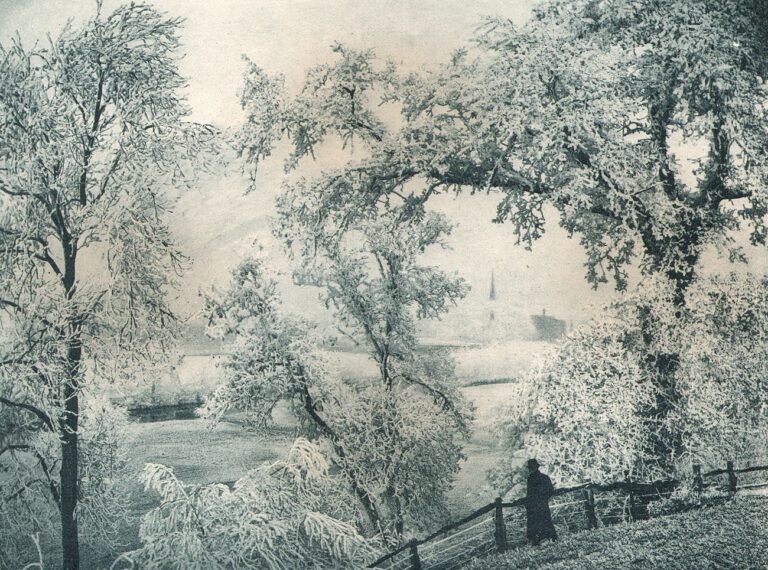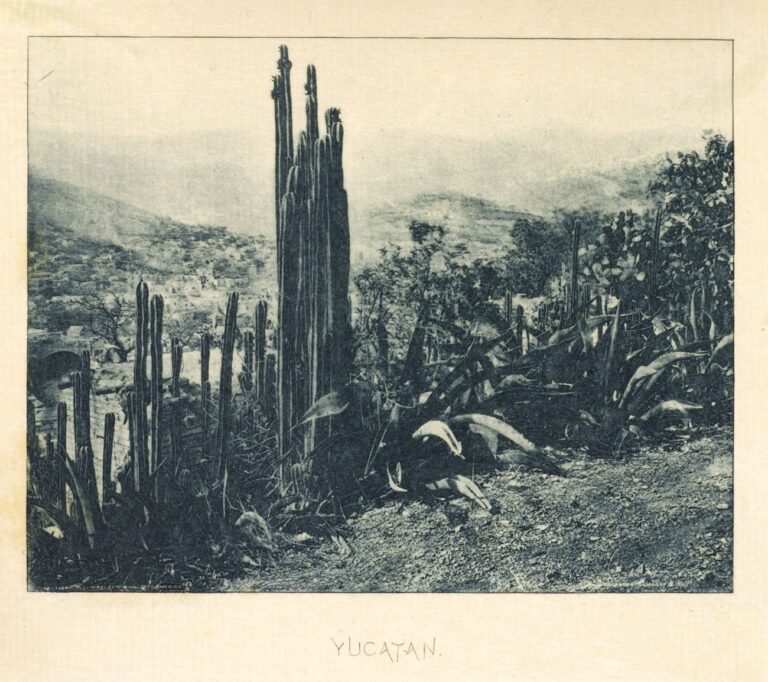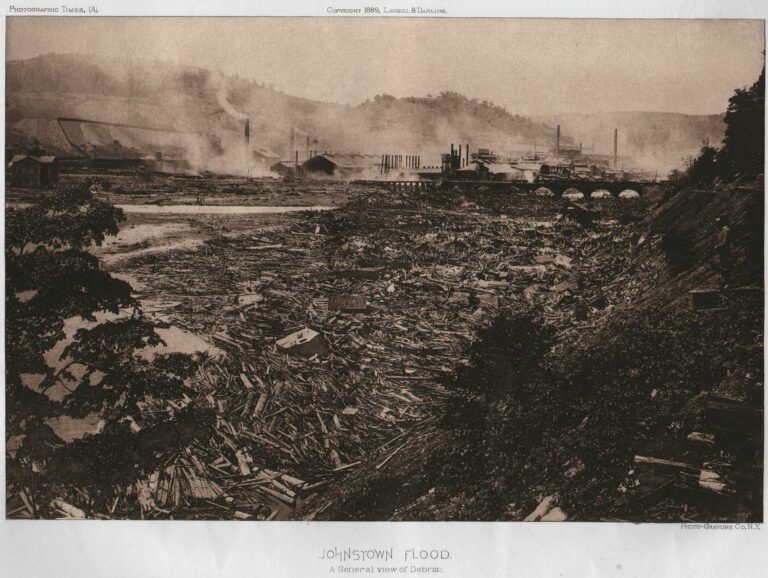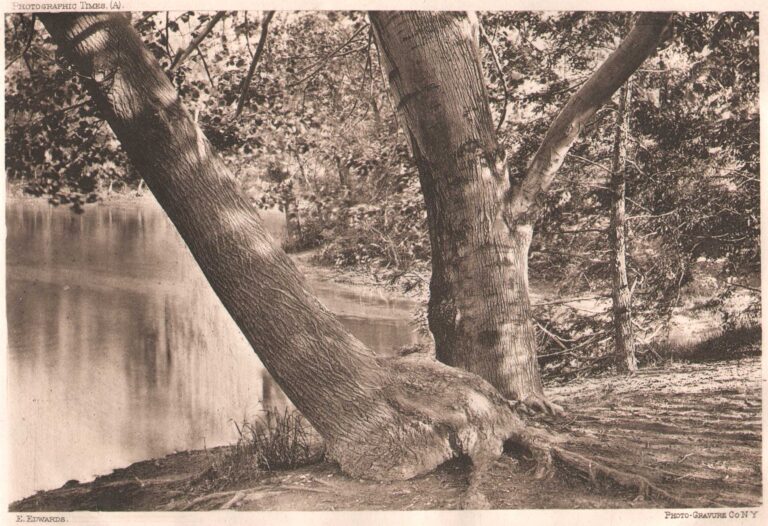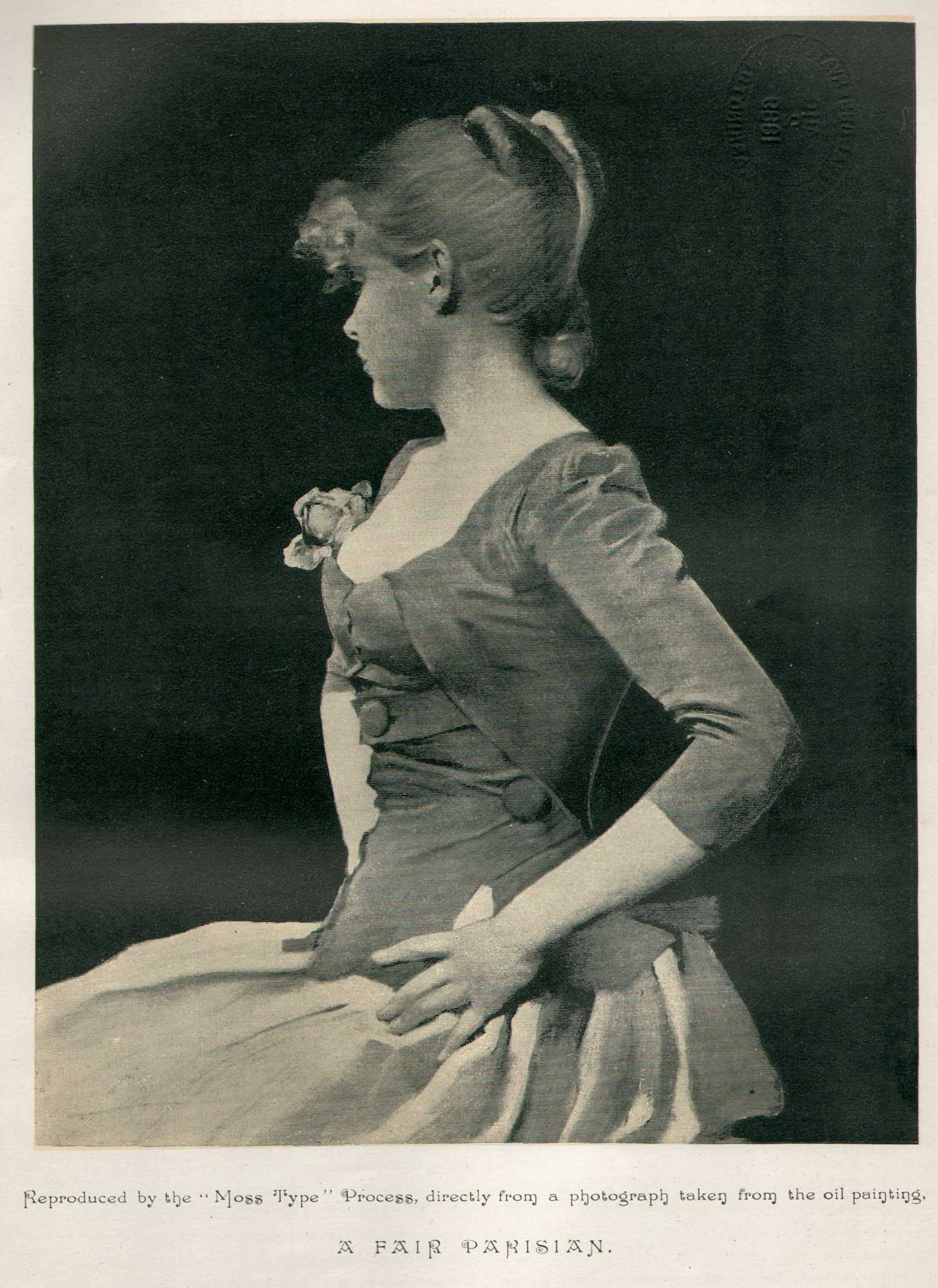
A Fair Parisian | Silhouette of a Young Girl
Although uncredited by the editors of The Photographic Times, this work is a reproduction of the painting that has been titled Silhouette of a Young Girl by American artist John White Alexander. (1856-1915) The drawing and discussion accompanying it below are concerned with aspects of photographic copying of artwork and the progress in engraving that had been made by 1889.
Editorial Comment for this plate:
Reproduced by the “Moss Type” Process, directly from a photograph taken from the oil painting.
A FAIR PARISIAN.
FROM the pictorial standpoint the study is a striking one. It is treated in the broad style, but very effectively. The pose is natural, not entirely graceful so far as the arm and hand are concerned, but with a nice poise of the head. The view of the face is almost, so to speak, a back one—just enough of the profile is retained to make a likeness, perhaps a characteristic one. The lighting is emphatically a painter’s ; the best appointed skylight of the photographer would be sorely taxed to secure similar illumination. These artists have a way of falsifying the lights when it suits their purpose-perhaps the retoucher can take this part of the work on his own shoulders, to keep out the photographer.
We are not yet accustomed to very large process blocks in this country. They are more common abroad; the illustrated papers, especially those published in France, use them quite regularly. Every year the various catalogues of the Salon utilize typographic reproductions of the important canvases, some of them quite as large as the pages of our own familiar illustrated weekly papers; but these papers themselves have not done so, except, perhaps, in a very experimental way; the magazines, with their smaller pages, have done more, though not always successfully.
Consequently, seeing the familiar name “Mosstype” below this attractive picture, one of the first impressions is that of the size of the block, which is an encouraging token of progress. And how well the work is done, what soft gradations, what faithfulness of detail, what delicacy of modeling! It is a triumph of technical skill, and speaks volumes for the capabilities of the process. If it can do this, and so successfully, surely it need fear to attempt no task.
This may be called unqualified praise; now for a bit of qualification; not of the especial process, but applicable to all-those in which the effect is obtained breaking up the surface into lines. This is prompted by a comparison with a wood engraving from the same original, which was published in Harpers’ Bazar some months since. In this case, no doubt, photography played a most important part in the transfer to the block. But where the art and skill of the engraver appear is in the general direction of the parallel lines, so related in all cases to the contour or outline as to give modeling and texture.
Thus, in the cheek, these lines are at an angle of about 45 deg. to the horizontal; on the forearm and wrist they run in a direction at right angles to this; and are nowhere strictly parallel, but vary slightly in distance. All this gives rotundity and softness.
In the process print the lines are all parallel to each and every other; this gives a certain hardness. But when we consider that the work of the engraver would occupy the better part of two weeks’ time, while the process block could be turned out, under pressure, inside of twenty-four hours, we feel that we can well afford to sacrifice a little softness.
C. W. Canfield. (pp. 386-87)
A charcoal drawing, perhaps a preliminary study of the painting, was auctioned by Christie’s in 2007.
